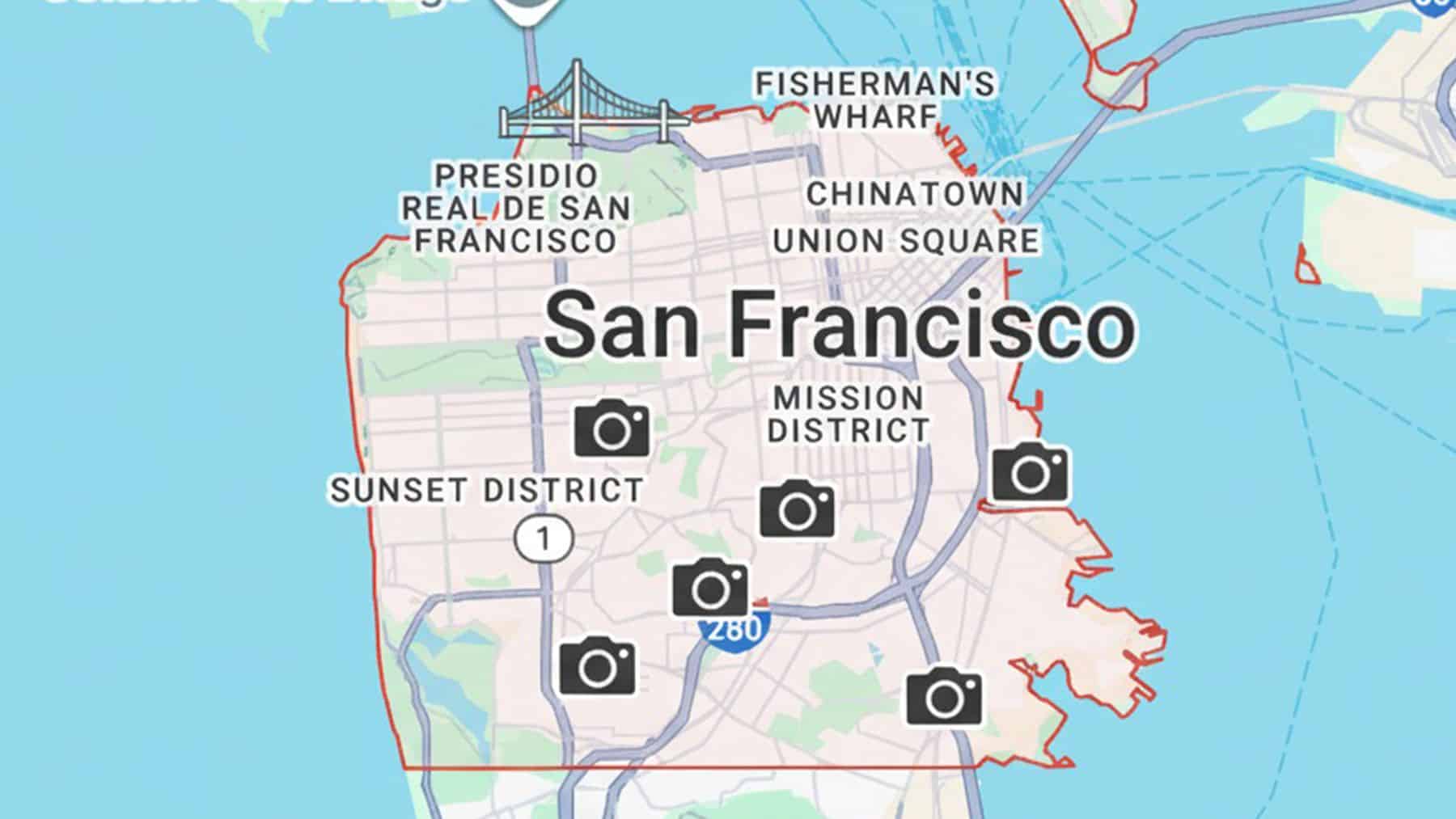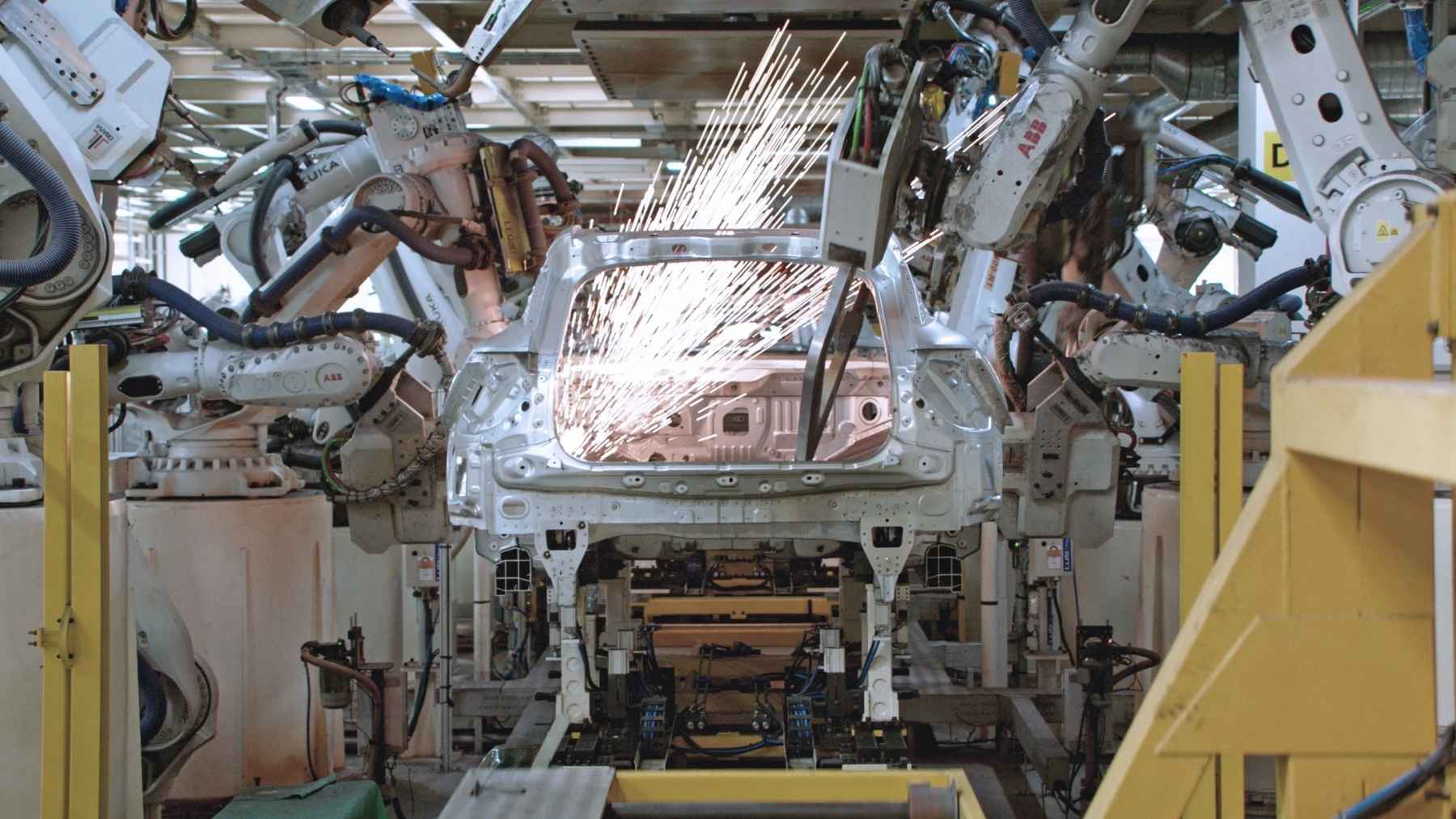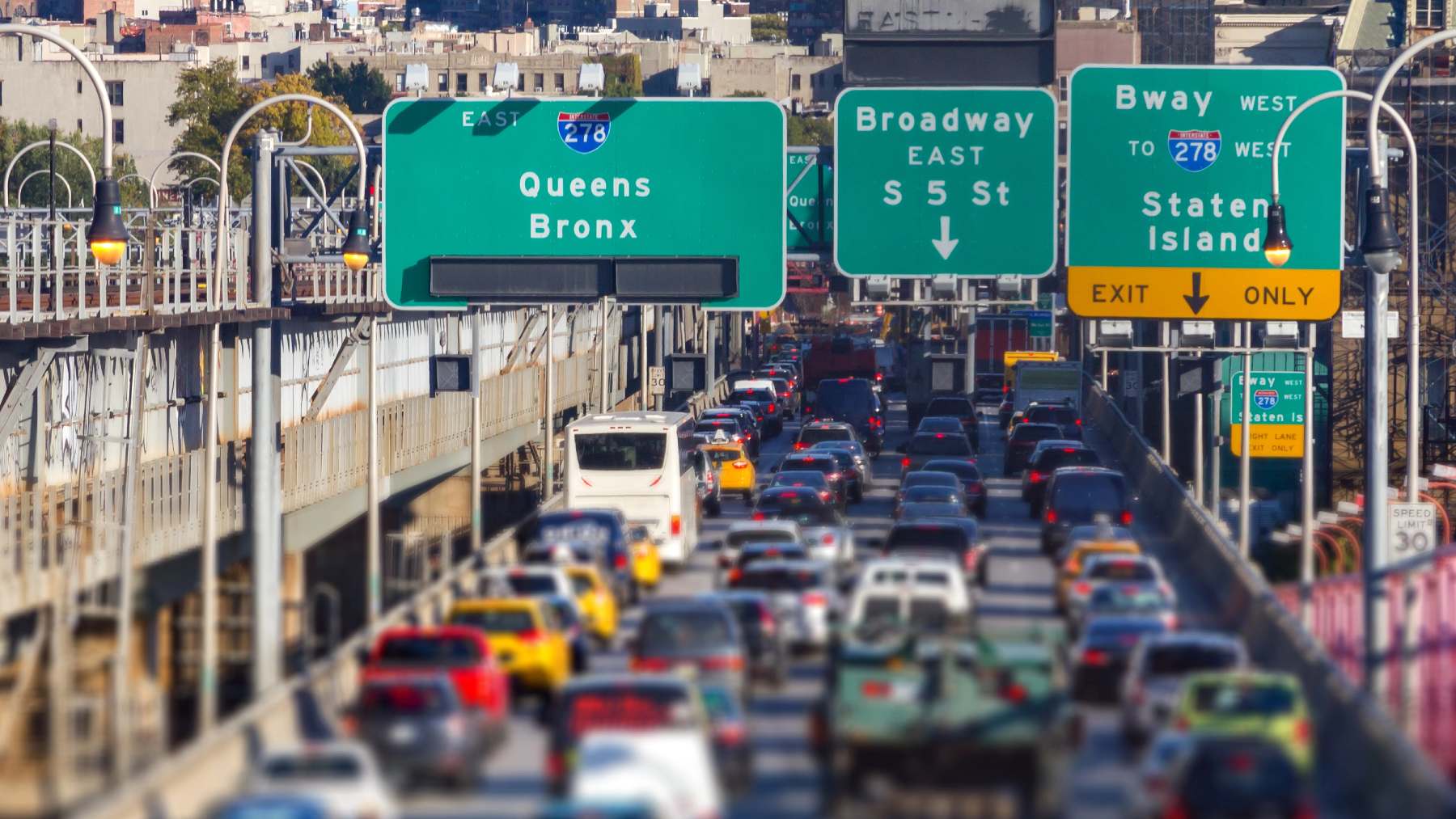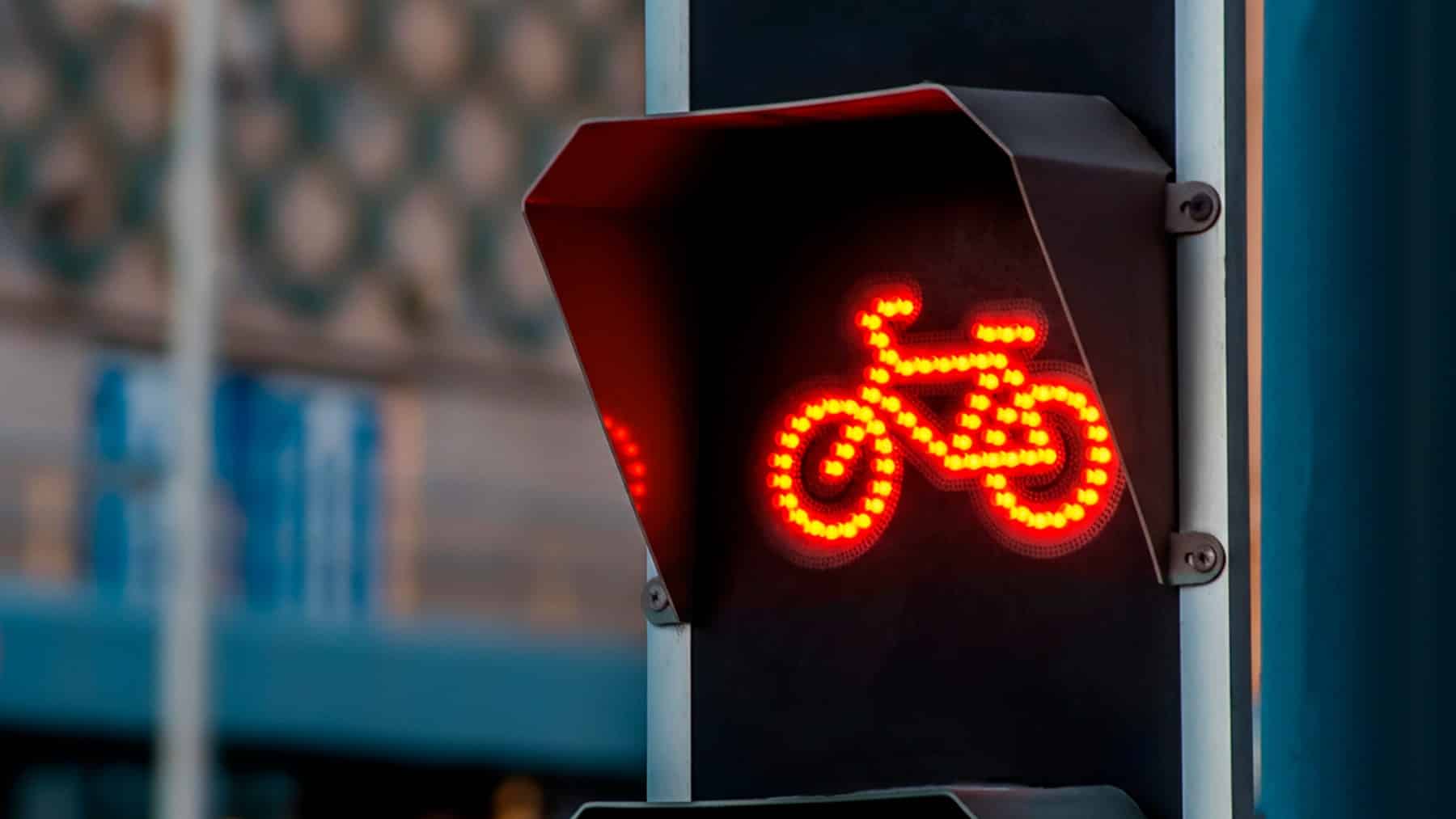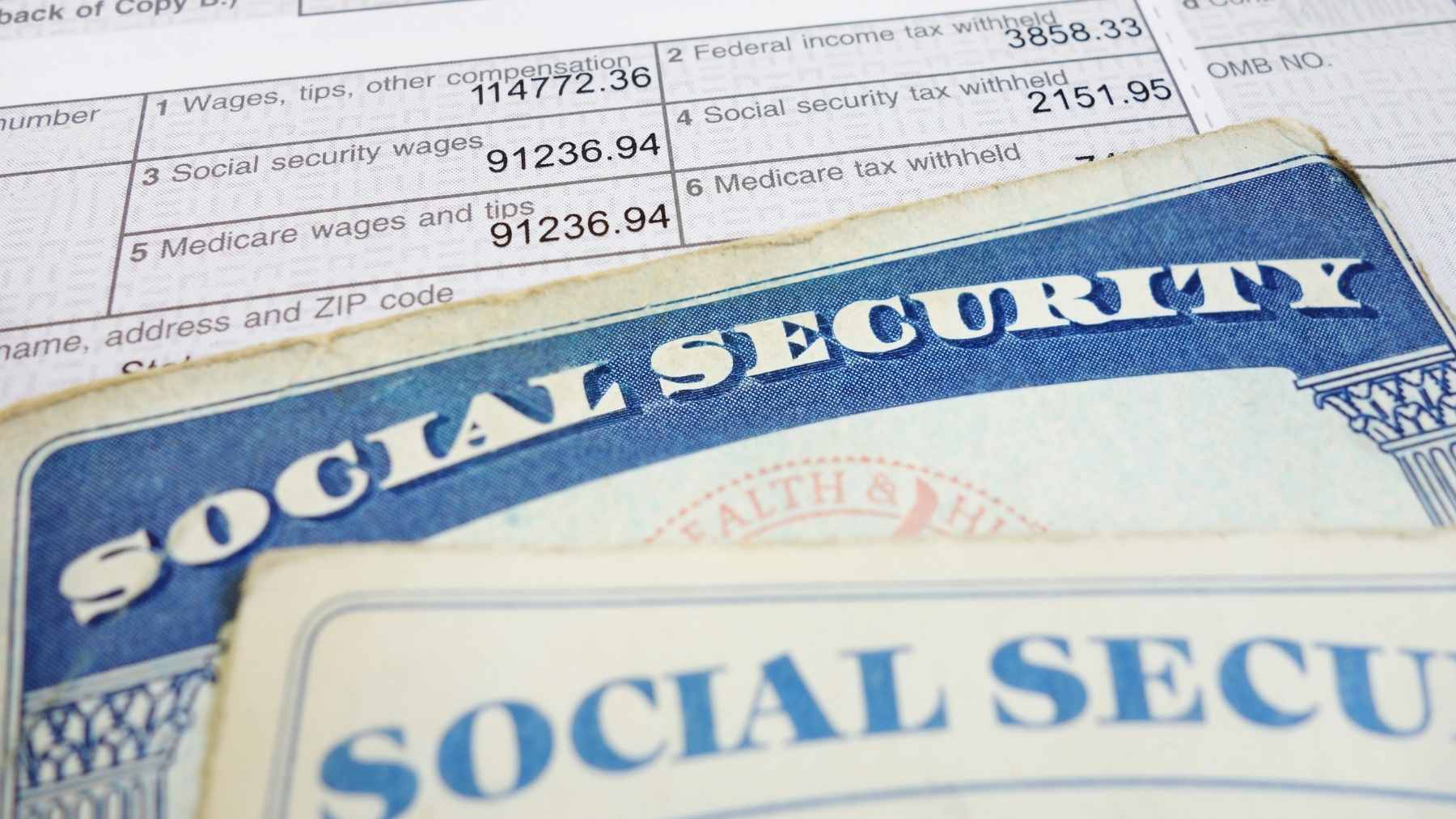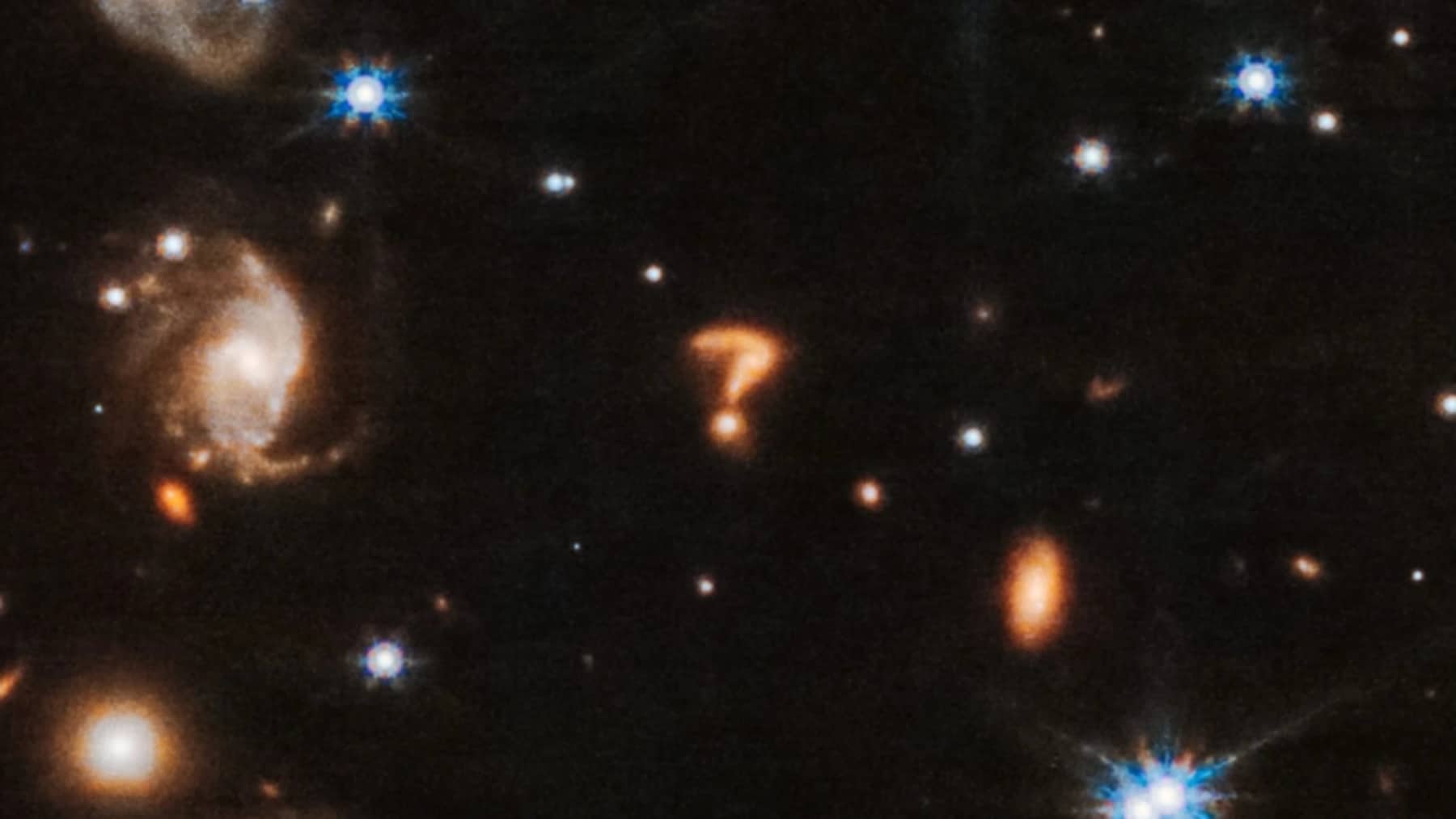A citywide speed camera enforcement program sees the 33 speed cameras across designated corridors transition from issuing warning notices to issuing speeding fines. This is one of the first cities to map its red-line zones and switch to full law enforcement as of August 5, 2025. This is one state that is attempting to do whatever it may take to curb dangerous driving behaviors and to stay committed to Vision Zero. Vision Zeros is the initiative taken to reduce and fully eliminate traffic related deaths.
A state shifting towards automated law enforcement
The 33 camera network has been called the “silent sentinels” and is now in full swing operation after the 60-day warning period that started on June 6. As per Assembly Bill 645, certain cities in a state can pilot this automated speed enforcement technology for the next five years.
Initially, 13 cameras got activated in March by the San Francisco Municipal Transportation Agency (SFMTA). Thereafter the warning phase started once all cameras were functional. It was during this warning period that any driver speeding and driving 11 mph or more over the speed limit received warnings or no-fee citations. The Director of Streets at SFMTA stated that the reasoning behind the initiative was not to catch people speeding, but to inform them how unsafe speeding can be on the roads.
What started off as an educational approach, has gained results. Data from SFMTA show a 31% reduction in speeding incidents citywide. Statistics indicate that over 70% of drivers who got a warning did not repeat the speeding offence. The cameras are not just educating but initiating a change in behavior from drivers too.
What implementation means for drivers in the state?
Before citation begins, a manual verification from SFMTA staff is undertaken to ensure that drivers get fairly assessed. Fines thereafter start from about $50 for minor speeding offences (between 11 to 15 mph over the speed limit) and goes up to $500 for more serious speeding violations (100+ mph).
The revenue generated from fines is put towards the program costs. All surplus funds will be put towards traffic calming projects and roadway safety improvements within San Francisco. Any access will also be used to fund California’s Active Transportation Program which was created with the sole purpose of improving pedestrian and cyclist infrastructure.
As per this initiative, SFMTA plans to install large speed-limit signs closer to camera sites. Only plates of vehicles actively speeding will be captured with the collected data being stored for only 120 days. The data collected will not be shared unless mandated by a court order.
The city confidently mapping its red-line zones
The 33 corridors were chosen according to historical data. Of the identified red-line zones, one that was most impacted was Fulton Street between Arguello Boulevard and Second Avenue. There has been a 63% decrease in speeding during the camera warning period.
Having mapped such red-line zones, SFMTA is making data-drived decisions and is considering where additional safety may be needed. Another state has also chosen to paint red lines and ban lanes.
The state’s overall commitment to Vision Zero
San Francisco’s commitment to Vision Zero policy did not reach its goal of zero traffic fatalities by 2024. In 2023, the city recorded 42 traffic-related deaths with 24 noted pedestrian fatalities. These figures has caused much uproar among advocacy groups.
In an attempt to correct this issue, the District 7 Supervisor Myrna Melgar recently introduced the San Francisco Streets Safety Act to reactivate the city’s commitment to Vision Zero by:
-
Suggesting a citywide daylighting plan by December 2026
-
Reintroducing the Traffic Calming Program which just came to an end in July
- Promoting further accountability across departments for traffic safety measures
San Francisco Municipal Transportation Agency understands that it is fighting a long battle against traffic fatalities, however, this new phase of the battle does not require patrol cars, but lenses that will address the issue rather quietly. San Francisco is not the only state taking precautionary measures as another state received the news that roads will be full of traffic enforcement cameras.
